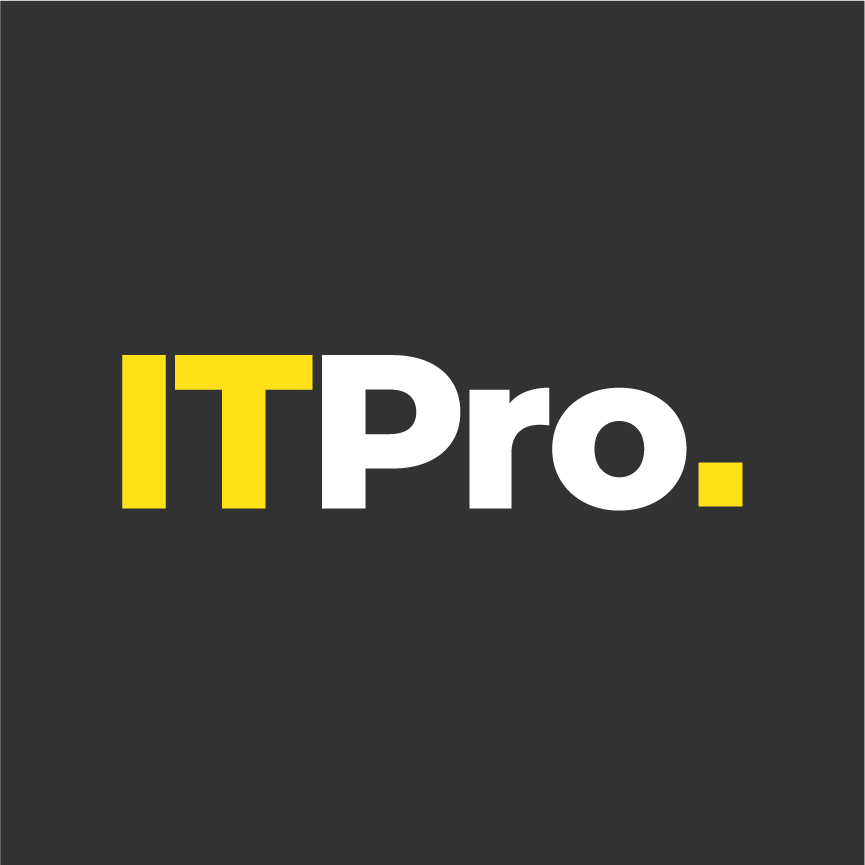Sponsored by Keysight
Future-proofing AI infrastructure
Constructing the future of the tech sector can only be done with a strategic approach and access to the best tools
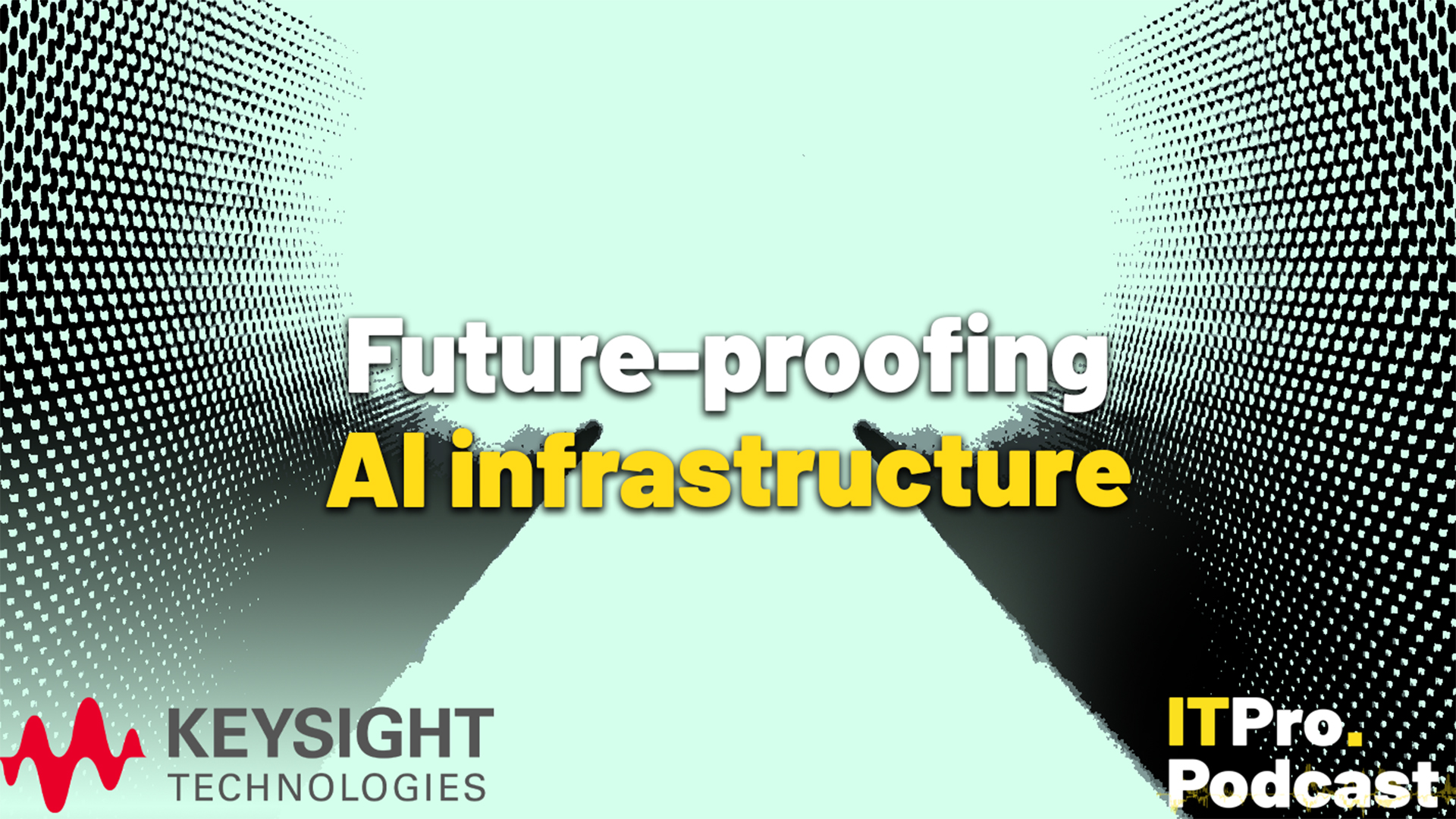
As organizations race to train more and more advanced AI models, as well as deploy existing models at scale, an enormous amount of time and money is being invested in expanding AI infrastructure.
All around the world, data centers are becoming more and more important, bringing data and computing power together to get the most out of AI workloads.
But this is far from a simple process. Without the right data center architecture, assembled with rigorous testing, organizations can’t achieve the full speed and performance of AI.
In this episode, in association with Keysight Technologies, Jane speaks to Ben Miller, product manager at Keysight Technologies, to learn more about AI infrastructure and how Keysight can optimize it for the best performance possible.
Highlights
"Many companies are working on AI infrastructure right now, and they're creating these gigantic data centers. I mentioned the word 'hyperscale'. These are these gigantic projects you hear about in the news where a company like Google or Meta will take over a huge amount of land, out in the middle of nowhere, and they'll just build a gigantic building and it's just full of server racks, that is a hyperscale data center."
"One of our most recent solutions that we've just come out with is the Keysight AI Data Center Builder and this is a platform for actually visualizing the data flows in your data center using emulated model training traffic. So if you're used to testing, like I said, at the physical layer, and making sure things comply from a bit perspective, making sure that they meet the compliance specs, well that's great for a developer or a network equipment manufacturer. But if you're someone who's actually architecting a data center, you want a bird's eye view of how things are working in your data center.
"You know, the cost of GPUs is so high and it can be difficult to set up and test in a lab environment when it's such a large scale project. I mean, it's literally an infrastructure building project, not AI infrastructure but like a city infrastructure building project, to build a new data center. And to be able to test that in the lab and model it beforehand to improve its efficiency is really difficult, and that's why you need emulation. So you need those digital twins, unless you see how the whole thing's going to work before you build it."
"I mentioned 224, 200 gigabit per second optical lanes. That's kind of the standard right now for 1.6T Ethernet. But right now people want to double it already. I mean, that's not even deployed yet at 200 gig per lane, people want to do 448 gig per lane. Well, how do you how do you even generate 448 gigabit optical signals, how do you measure it? Not a lot of people can. Keysight can: we have the arbitrary waveform generators and we have the sampling and real time oscilloscopes that can measure 448 gig. Whether you're doing PAM4, PAM6, PAM8, whatever modulation the industry goes in, whatever direction the industry goes in – and we don't know what direction the industry is going to go in, by the way, in terms of those new data standards – but we have the tools to help develop those."
Footnotes
- Keysight Introduces AI Data Center Builder to Validate and Optimize Network Architecture and Host Design
- What is a GPU?
Subscribe
- Subscribe to The IT Pro Podcast on Apple Podcasts
- Subscribe to The IT Pro Podcast on Spotify
- Subscribe to the IT Pro newsletter
- Join us on LinkedIn
Sign up today and you will receive a free copy of our Future Focus 2025 report - the leading guidance on AI, cybersecurity and other IT challenges as per 700+ senior executives
ITPro is a global business technology website providing the latest news, analysis, and business insight for IT decision-makers. Whether it's cyber security, cloud computing, IT infrastructure, or business strategy, we aim to equip leaders with the data they need to make informed IT investments.
For regular updates delivered to your inbox and social feeds, be sure to sign up to our daily newsletter and follow on us LinkedIn and Twitter.
-
 How the UK is leading Europe at AI-driven manufacturing
How the UK is leading Europe at AI-driven manufacturingIn-depth A new report puts the country on top of the charts in adopting machine learning on the factory floor in several critical measures
-
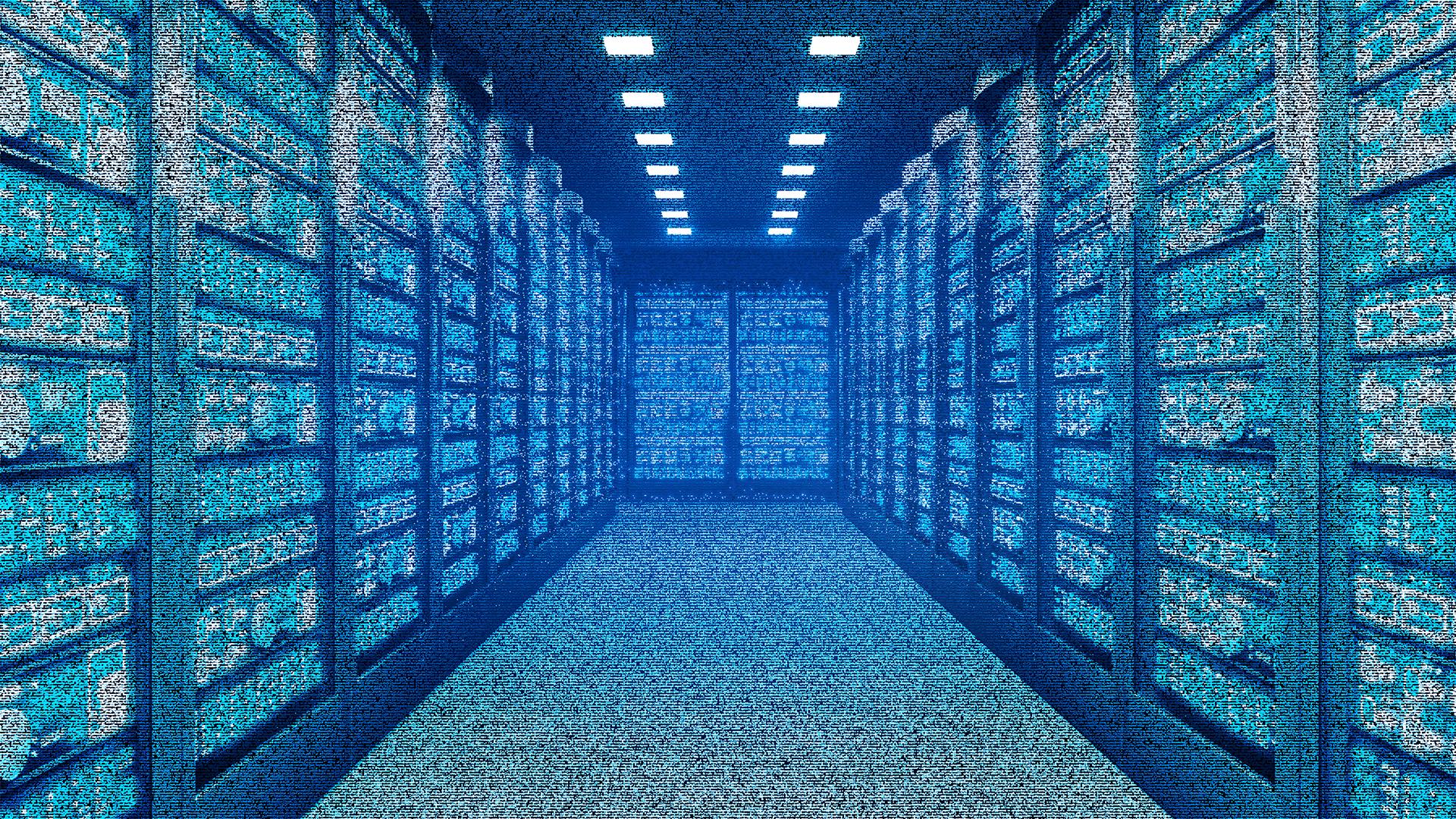 US data center power demand forecast to hit 106GW by 2035, report warns
US data center power demand forecast to hit 106GW by 2035, report warnsNews BloombergNEF research reveals a sharp 36% jump in energy forecasts as "hyperscale" projects reshape the American grid
-
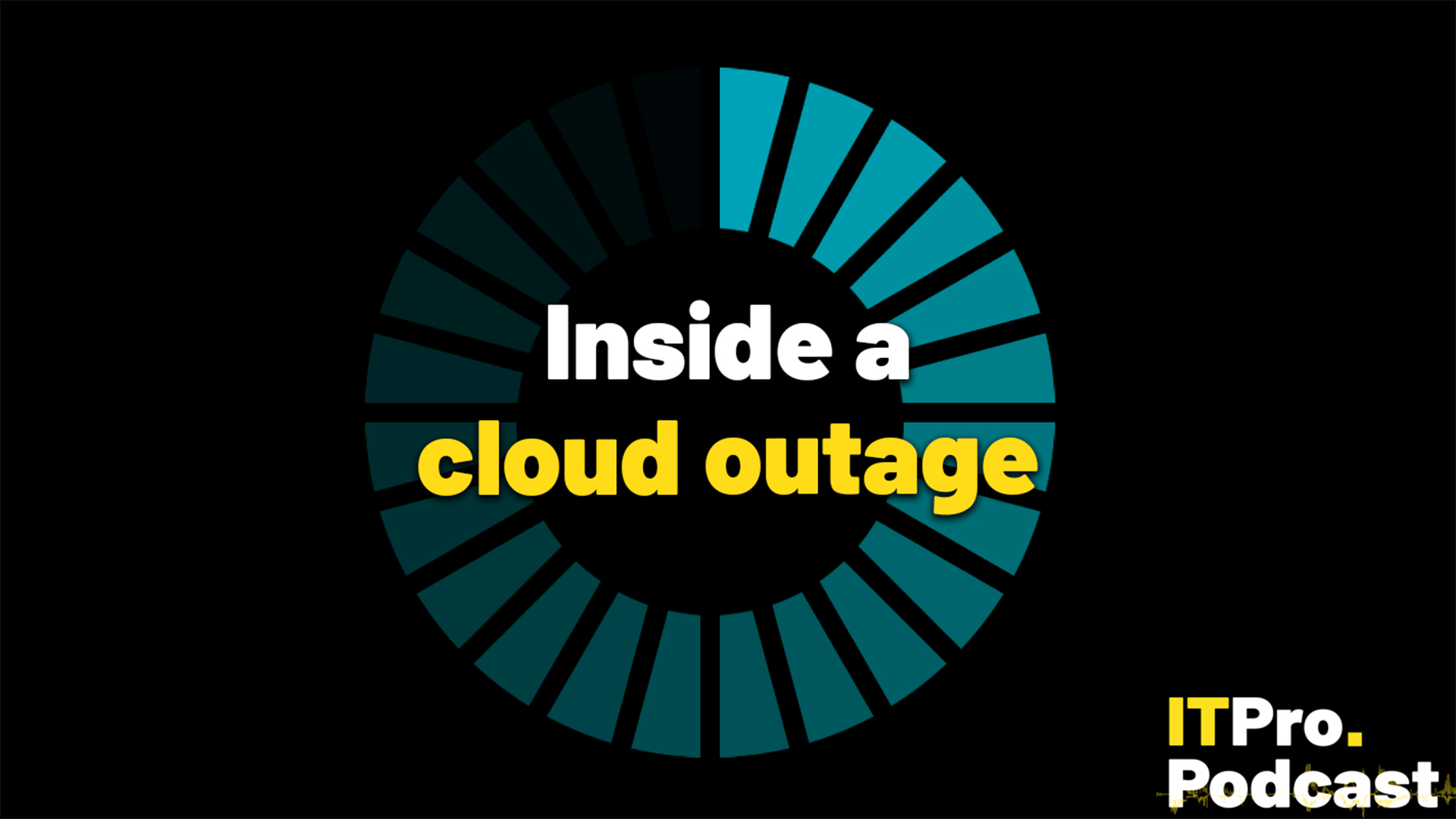 Inside a cloud outage
Inside a cloud outageITPro Podcast Businesses must adopt proactive planning for cloud outages – but what does that look like?
-
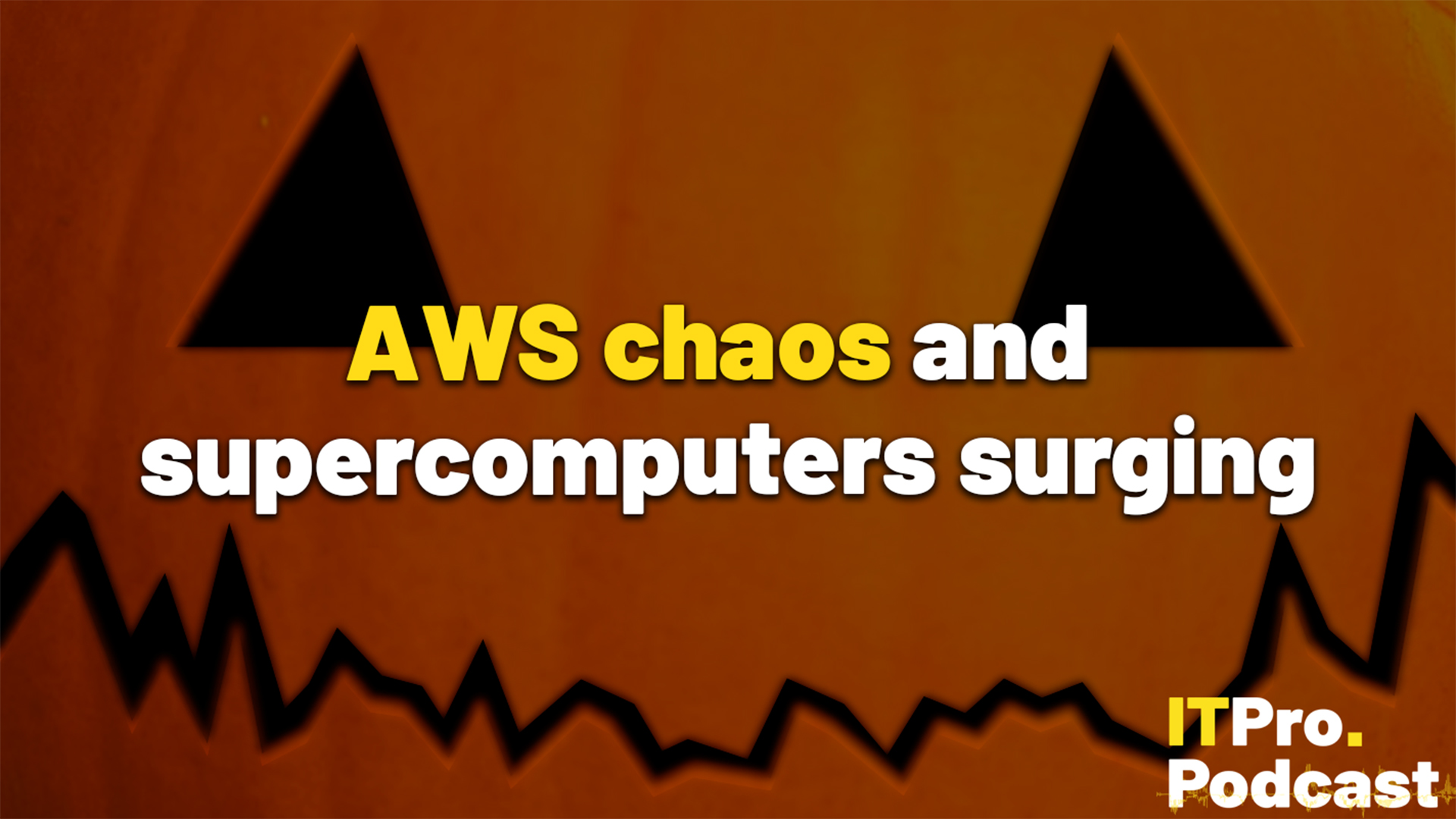 October rundown: AWS chaos and supercomputers surging
October rundown: AWS chaos and supercomputers surgingITPro Podcast As the dust settled on the AWS outage, the US Department of Energy announced a slew of new supercomputers for national security
-
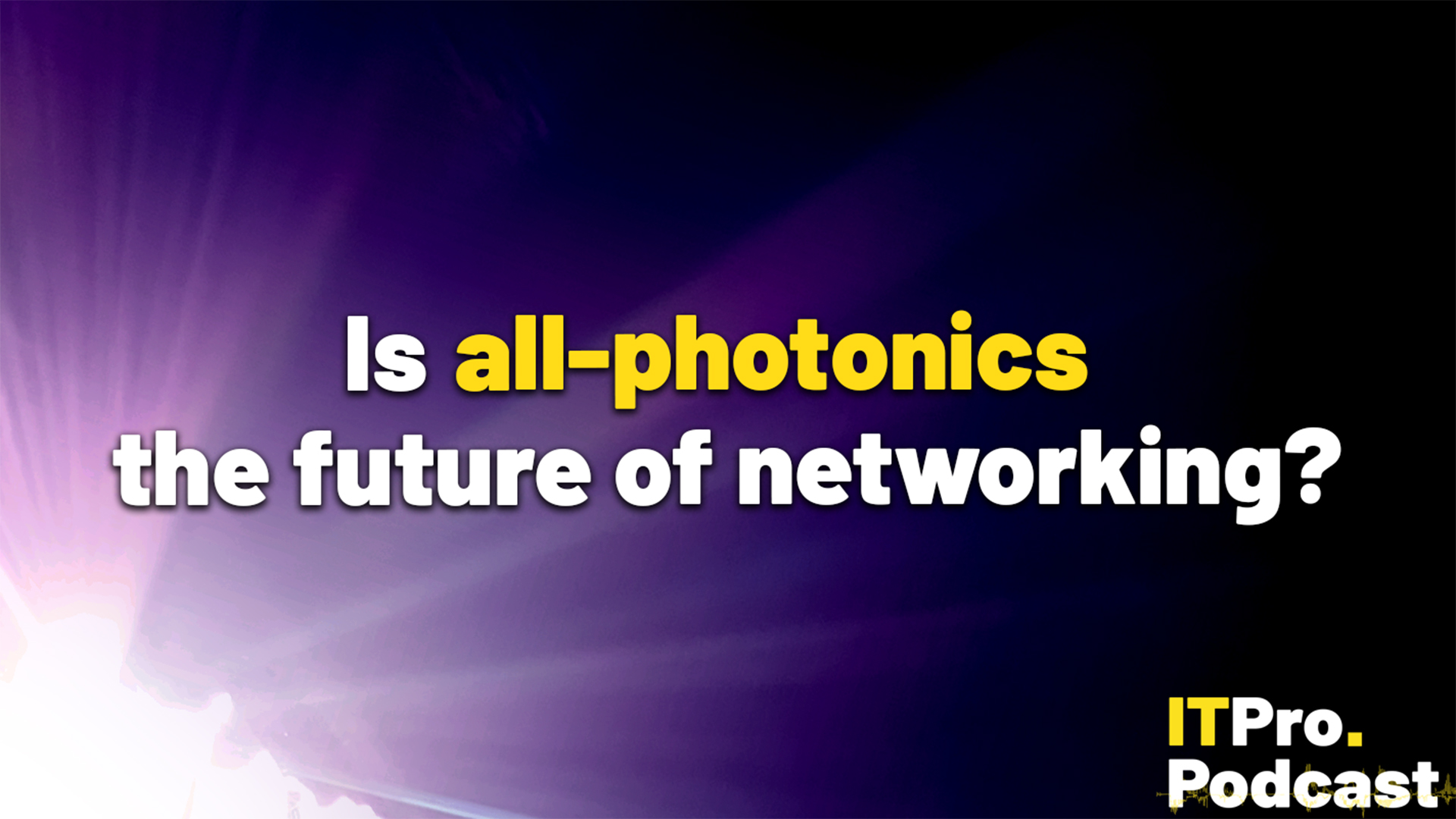 Is all-photonics the future of networking?
Is all-photonics the future of networking?ITPro Podcast Using light to transmit data rather than relying on electronic components could slash latency
-
 Can better connectivity boost rural business?
Can better connectivity boost rural business?Podcast Rural businesses are still offered speeds far below the UK government’s gigabit target
-
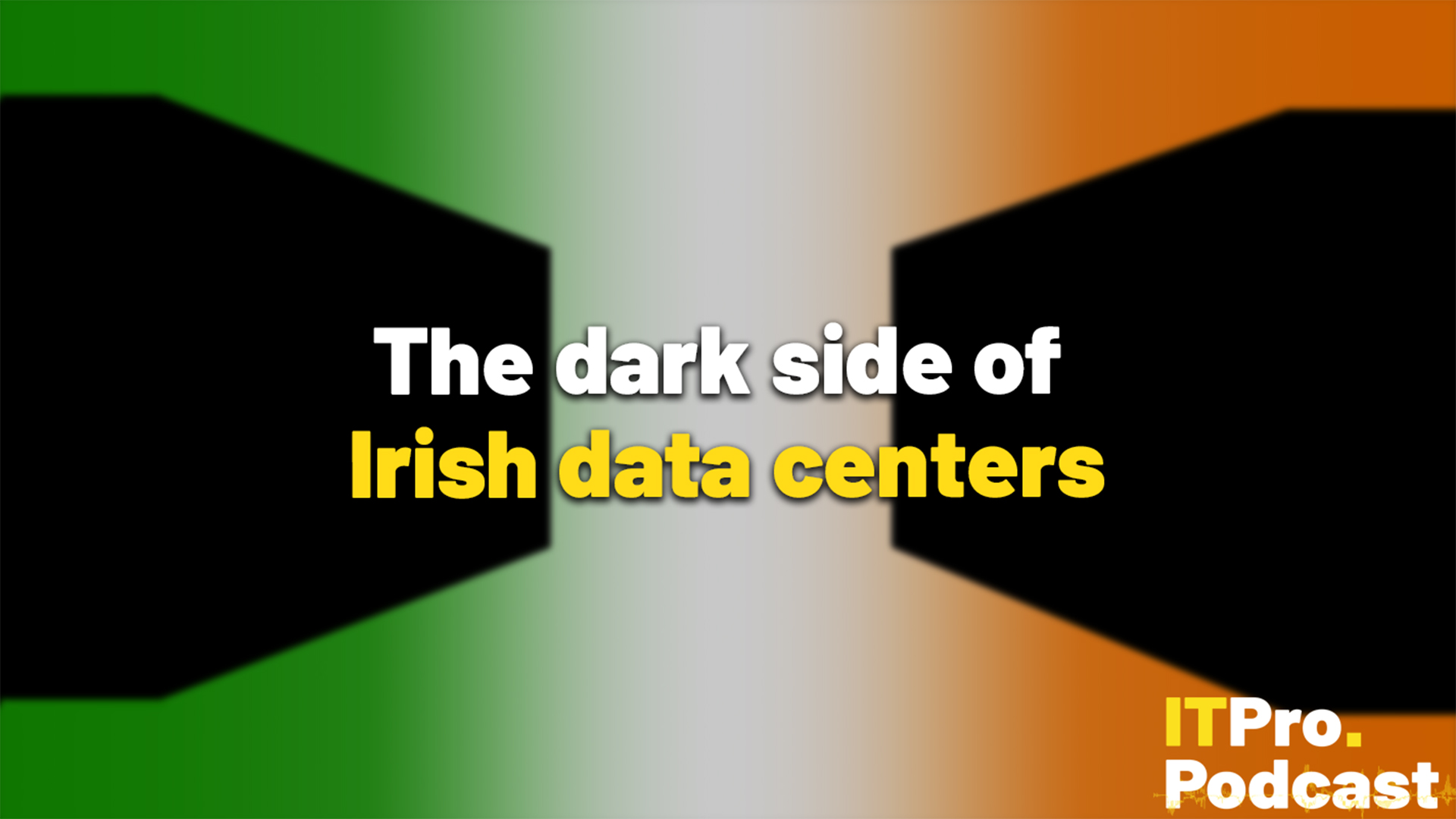 The dark side of Irish data centers
The dark side of Irish data centersITPro Podcast As Ireland grapples with data center energy demands, we ask if software developers can really benefit from virtual reality
-
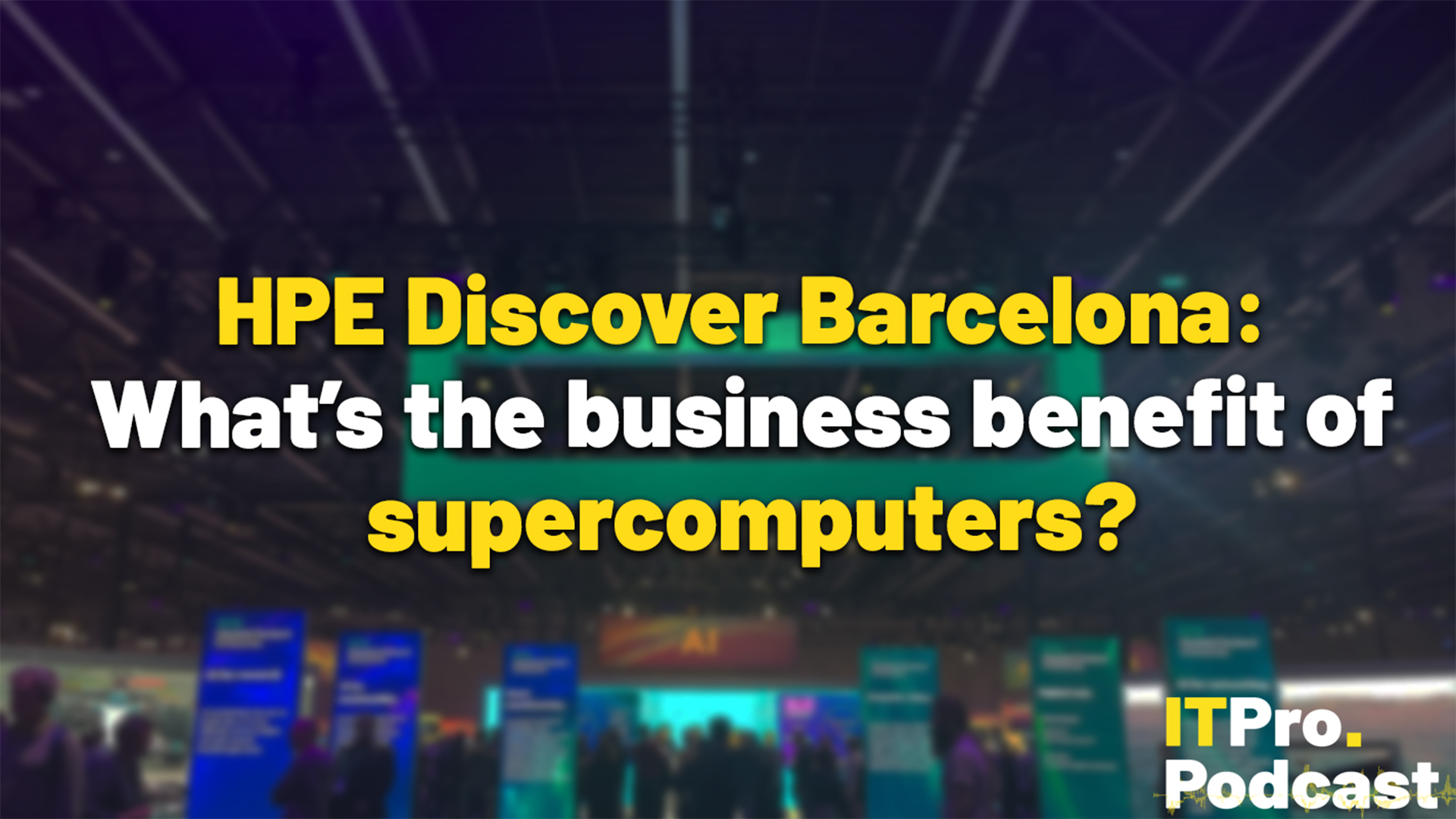 HPE Discover Barcelona: What’s the business benefit of supercomputers?
HPE Discover Barcelona: What’s the business benefit of supercomputers?ITPro Podcast With potential in fields such as AI to scientific modelling, global interest in supercomputers continues to rise
-
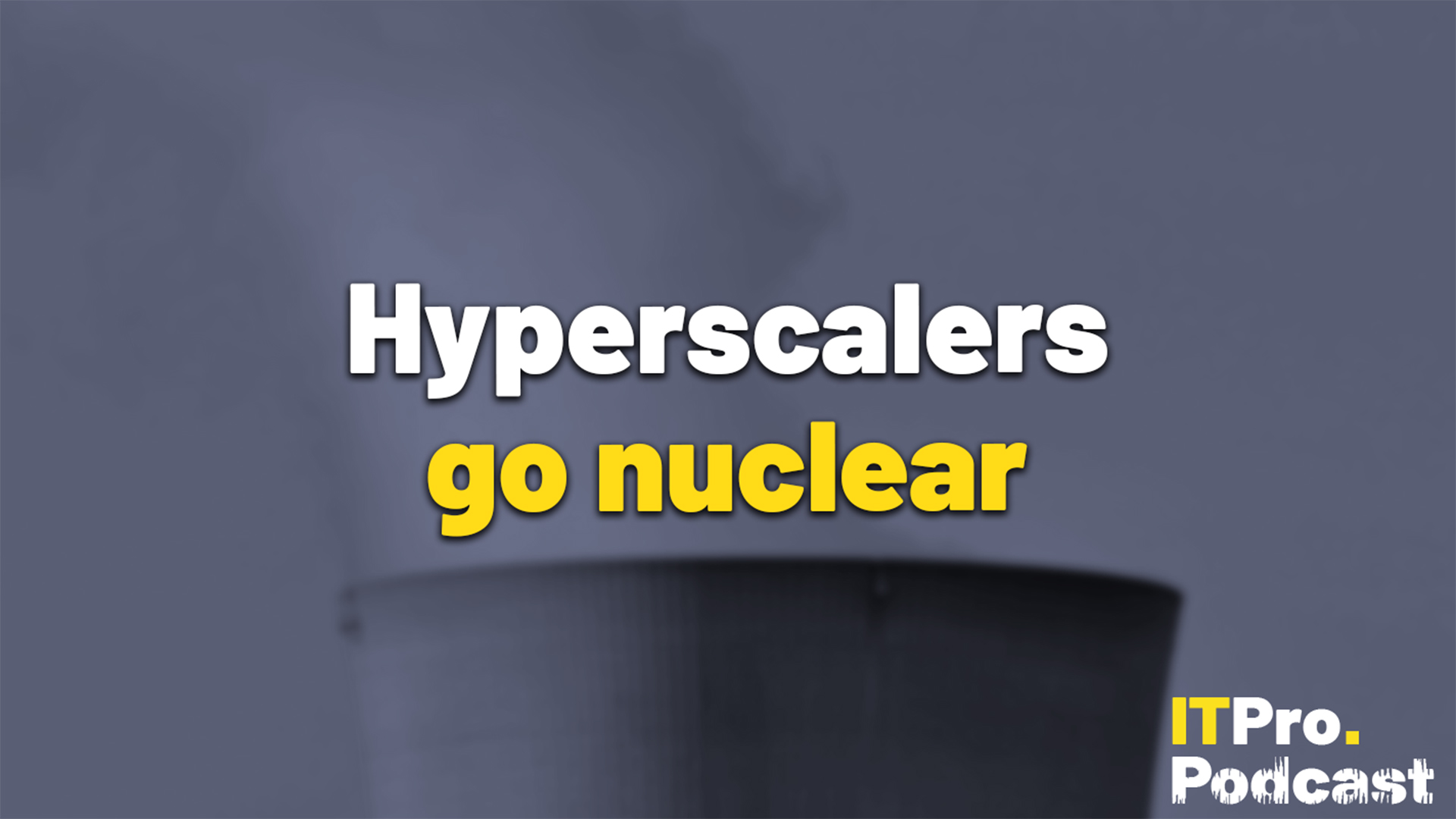 Hyperscalers go nuclear
Hyperscalers go nuclearITPro Podcast As energy costs for data centers become a challenge for cloud providers and AI developers alike, plentiful clean power is a key focus
-
 AI’s thirsty secret
AI’s thirsty secretITPro Podcast Data center expansion is putting freshwater sources under immense strain, with operators facing an environmental and PR reckoning

